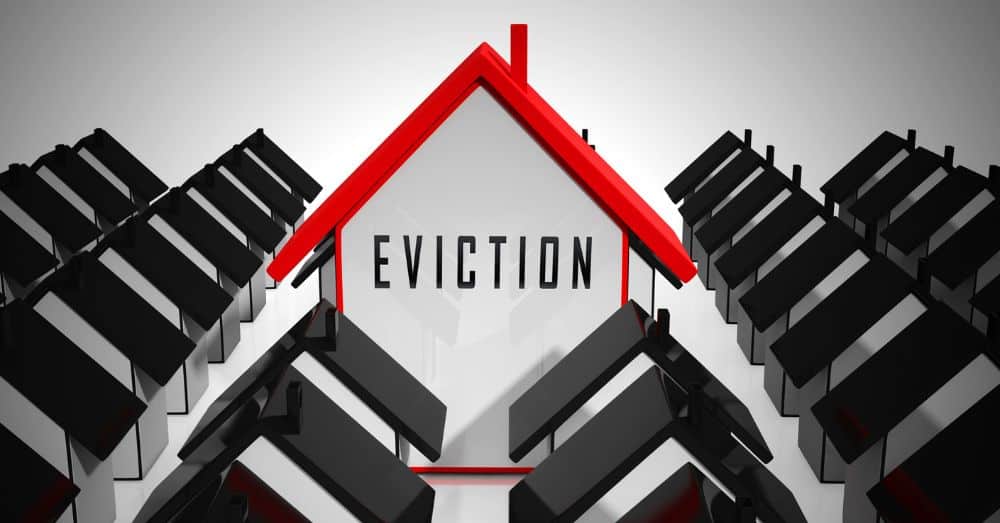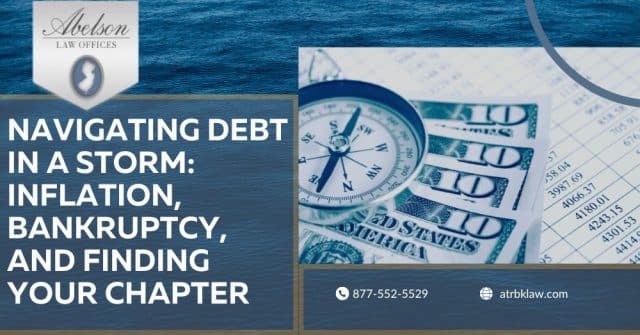Every day we seem to be greeted with news of an impending explosion of evictions and foreclosures to be generated by the lifting of current Pandemic restrictions.
See for example:
- CNBC Article: Nearly 7 Million Households Could Face Eviction
- NPR Article: Millions of Americans Skip Payments as Tidal Wave of Defaults and Evictions Looms
If, when and for how much and for how long the Government will step to assist remains anybody’s guess. Chapter 13 of the U.S. Bankruptcy Code remains essential to protect homeowners and renters from the loss of their homes – but early action is necessary.
If one allows this to get to the point of eviction or Sheriff’s Sale, the protections available under Chapter 13 may be of little use.
Tenancy Defaults
Rent Arrears can be repaid in a Chapter 13 bankruptcy (normally over 12 months but maybe longer given the current environment) and evictions can be stopped BUT only before the issuance of a Judgment of Possession.
If the landlord files for eviction, the bankruptcy must be filed immediately. Under 11 U.S.C. § 362 (b)(22), the automatic stay of the Bankruptcy Code which is used to stop collection actions applies only for 30 days against an eviction after a Judgment of Possession, deposits of post-petition rents are required and the tenant must show a right to cure the entire monetary default under non-bankruptcy law. (11 U.S.C. § 362(l)(1)(A-B). These requirements are difficult to meet.
If a Warrant of Removal is obtained, the bankruptcy will not stop the eviction.
Mortgage Defaults
Mortgage arrears can be cured over a 60-month period under a Chapter 13 Bankruptcy Plan (11 U.S.C. § 1322(b)(5) assuming there is a resumption of regular mortgage payments starting with the first payment due after filing. This is called a “cure and maintain” bankruptcy plan and is used routinely throughout the country to save individuals from the loss of their homes to foreclosure. This relief is available up to the point of Sheriff’s Sale. Once the gavel on the Sheriff’s Sale goes down, however, the only available relief is within the ten (10) day Period of Redemptions and requires full payment of the entire mortgage balance in a relatively short period of time- almost always an impossible hurdle.
Word of caution: Delay is the enemy of a viable “cure and maintain” Chapter 13 plan. With each month’s delay, the mortgage arrearage balance increases exponentially.
All of the late fees, attorneys costs, property preservation fees, taxes, and insurance and then court costs for foreclosure all get added to the balance of the mortgage arrears and very quickly the arrearage become so large that even a five (5) plan is not affordable to cure the arrears.
While there are other types of Chapter 13 cures such as potential refinances or modifications of the mortgage, these often become speculative, and even more speculative the higher the mortgage arrearage balance becomes. If too questionable, the Chapter 13 Trustee will object, and the Court may well not approve the plan since it cannot be shown to be feasible.
Accordingly, the answer is to move sooner rather than later. If possible, do not wait for the foreclosure complaint and certainly as quickly as possible after the service of that complaint.
The fact that the Sheriff’s Sale may be many months off is of little comfort if the arrears become so large that they are incapable of being satisfied.
This is but an overview of the relief afforded under Chapter 13 Bankruptcy.
Please contact our offices for a full consultation if you find yourself at risk of the loss of your home or apartment.




